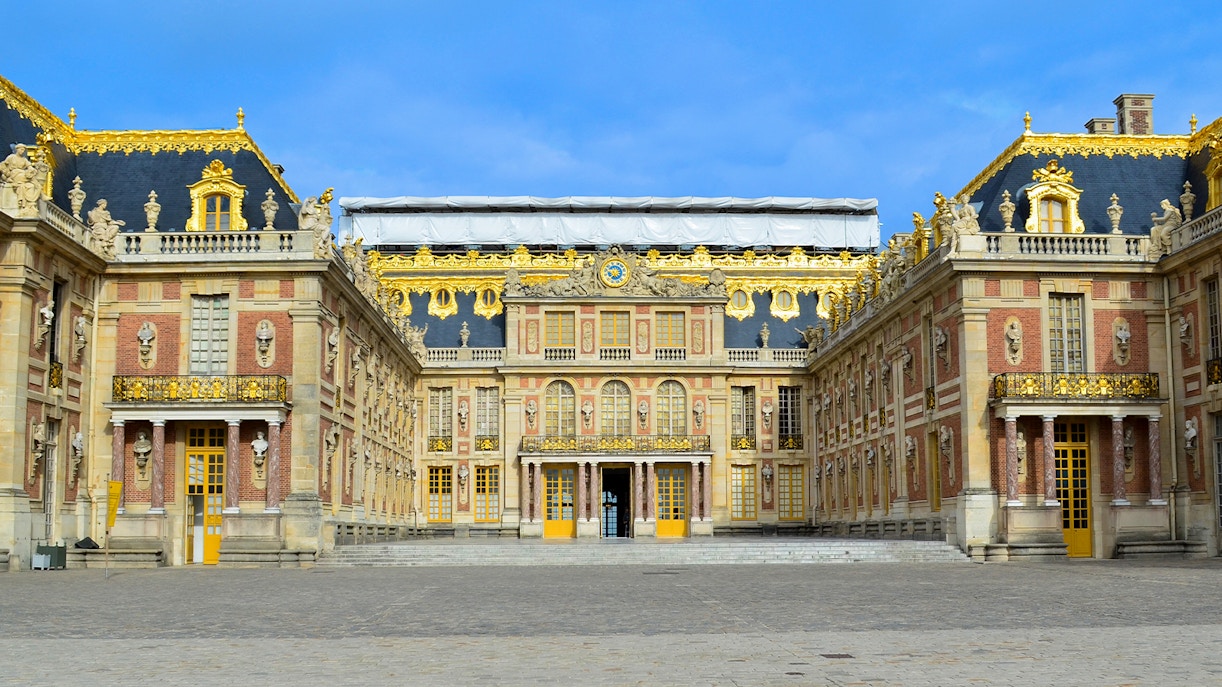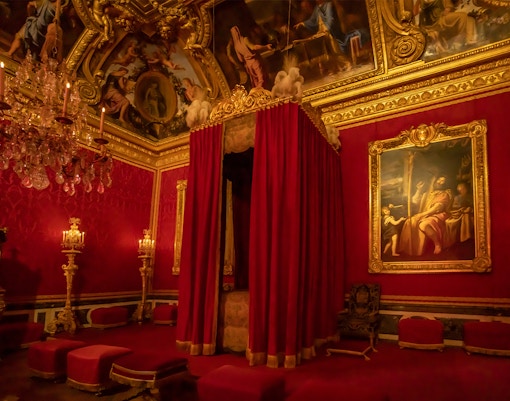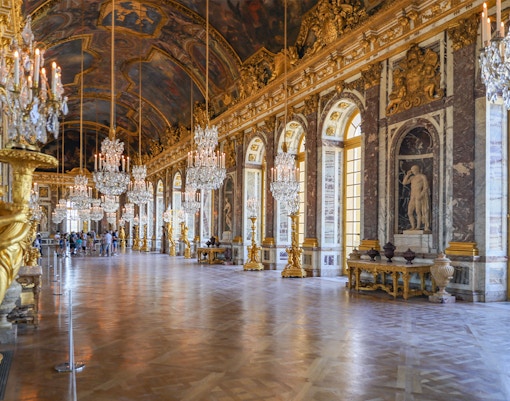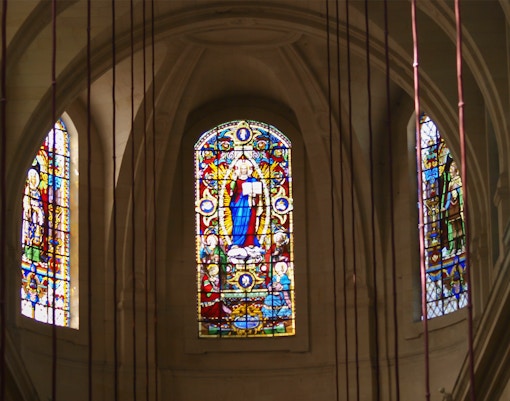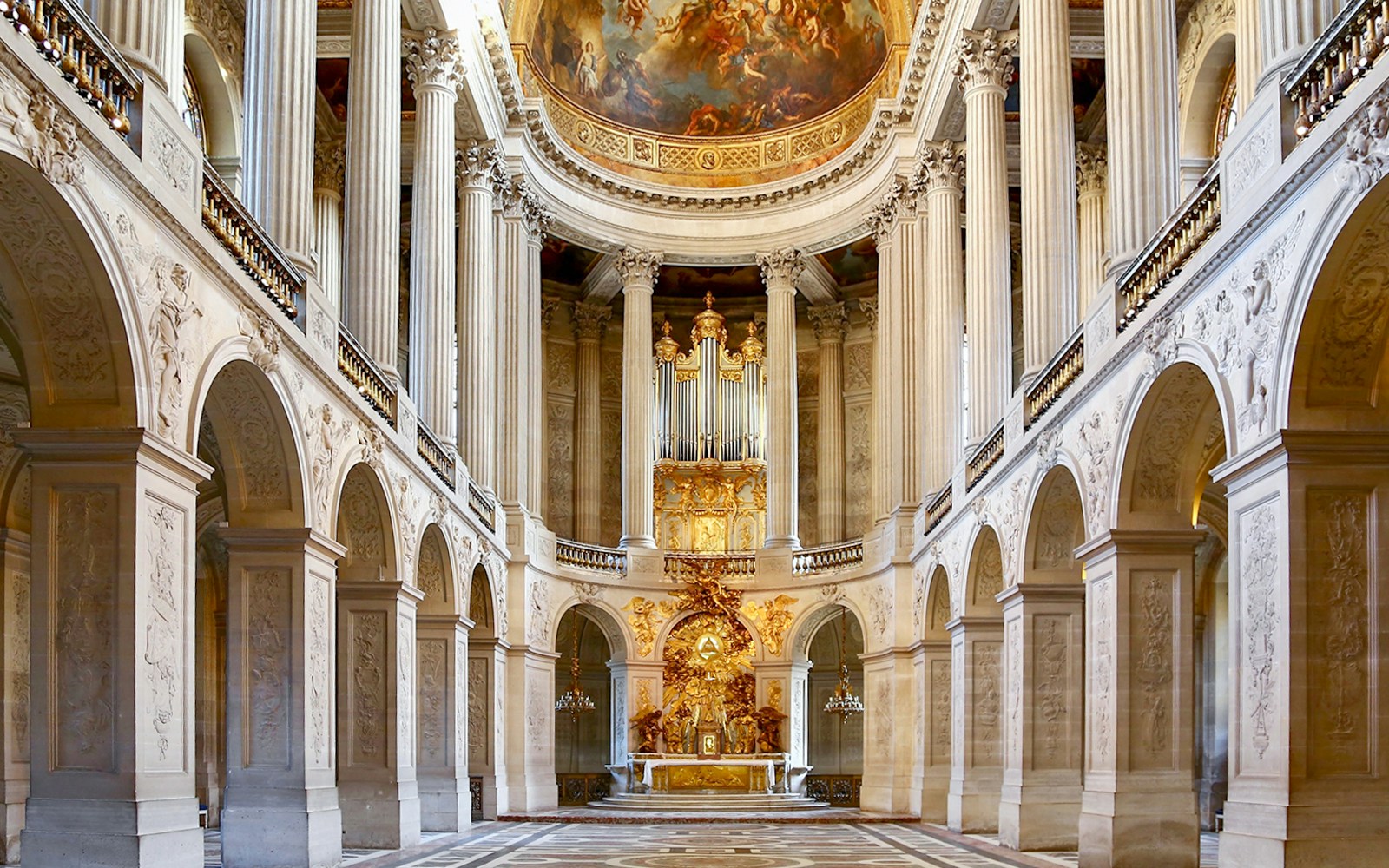- Official name: Palace of Versailles
- Attraction type: Historic palace and museum
- Address: Place d’Armes, 78000 Versailles
- Constructed: Originally constructed in 1623, it was turned into a palace during Louix XIV’s reign in 1661
- Area: 1,070 hectares
- Architectural style: Classicalism and Baroque
- Leading architects: Louis Le Vau, Jules Hardouin-Mansart, and François d'Orbay

